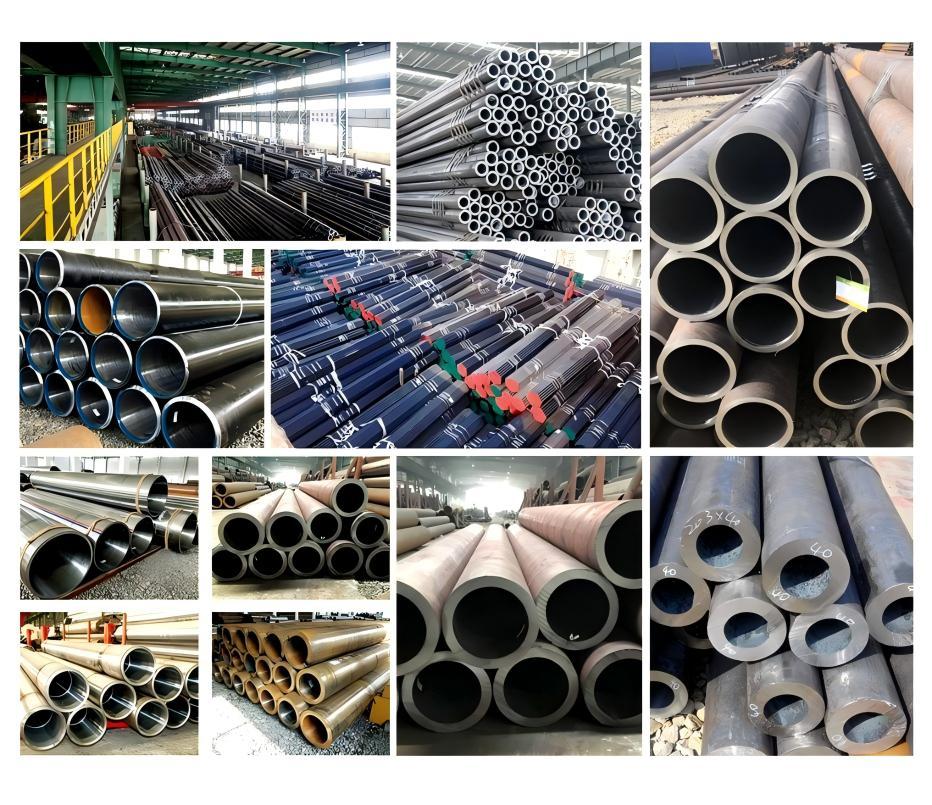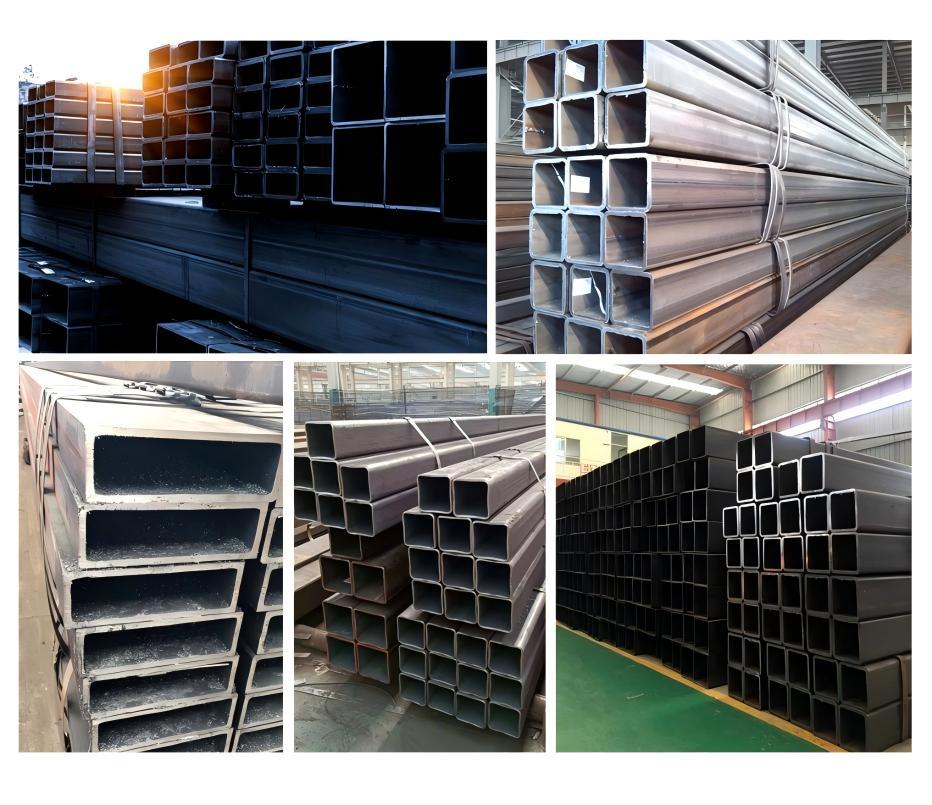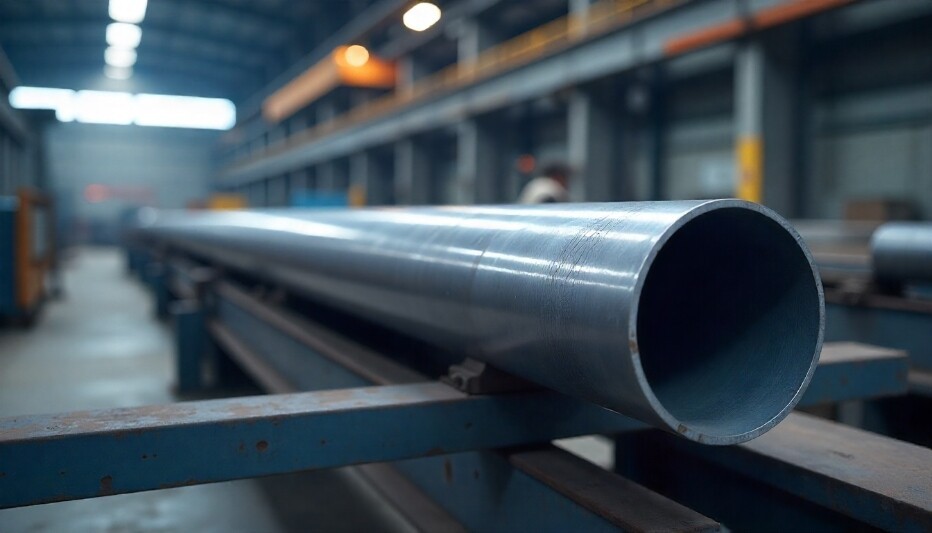Structural pipes are essential components in modern industrial and civil construction. Designed to support load-bearing applications, these pipes are manufactured in different shapes, sizes, and grades to meet diverse engineering requirements. Their stable mechanical performance and strong structural integrity make them widely used in infrastructure, machinery manufacturing, transportation projects, and building frameworks.
Structural Pipes – Material and Manufacturing
Structural pipes are typically produced from carbon steel, alloy steel, or stainless steel materials. Depending on the project requirements, they can be manufactured through hot-rolled, cold-drawn, or welded processing methods. Each type provides its own advantages in strength, surface finish, and dimensional accuracy.
Common shapes include:
Round Structural Pipe
Square Structural Pipe
Rectangular Structural Pipe
Hollow Structural Sections (HSS)

Key Features of Structural Pipes
Applications of Structural Pipes
Structural pipes are widely used in:
Building frameworks and supports
Industrial platforms and equipment racks
Road and bridge guardrails
Agricultural greenhouse structures
Machinery and automotive manufacturing
Oil and gas structural support systems

Common Material Grades for Structural Pipes
Selecting the right material grade is essential to ensure the strength, durability, and suitability of structural pipes for specific engineering applications. The following are three widely used material grades in the global market:
Brief Description of Each Material
Q235 Structural Pipe
Known for its excellent weldability, Q235 is commonly used in light to medium structural components where high load-bearing capacity is not the primary requirement.
Q345 Structural Pipe
Offering higher yield strength, Q345 is suitable for medium to heavy structures, ensuring better safety margins in demanding environments.
ASTM A53 Pipe
Widely recognized in international projects, ASTM A53 pipes are ideal for both structural support and fluid transportation, making them a versatile solution for contractors and industrial engineers.

Related Posts
- ◉ Structural Pipes: Key Features, Applications, and Benefits for Modern Construction
- ◉ Comparison and Applications of Stainless Steel, Carbon Steel, and Galvanized Steel Pipes
- ◉ Post-National Day Resume | Chinese Steel Manufacturer Serving Global Clients
- ◉ Top Choice for Overseas Buyers: High-Quality Chinese Galvanized Pipes, Complete Specifications & Corrosion-Resistant
- ◉ Comprehensive Classification of Stainless Steel Pipes – Types, Grades, Applications & Surface Finishes
Get in Touch
*We respect your confidentiality and all information are protected.
